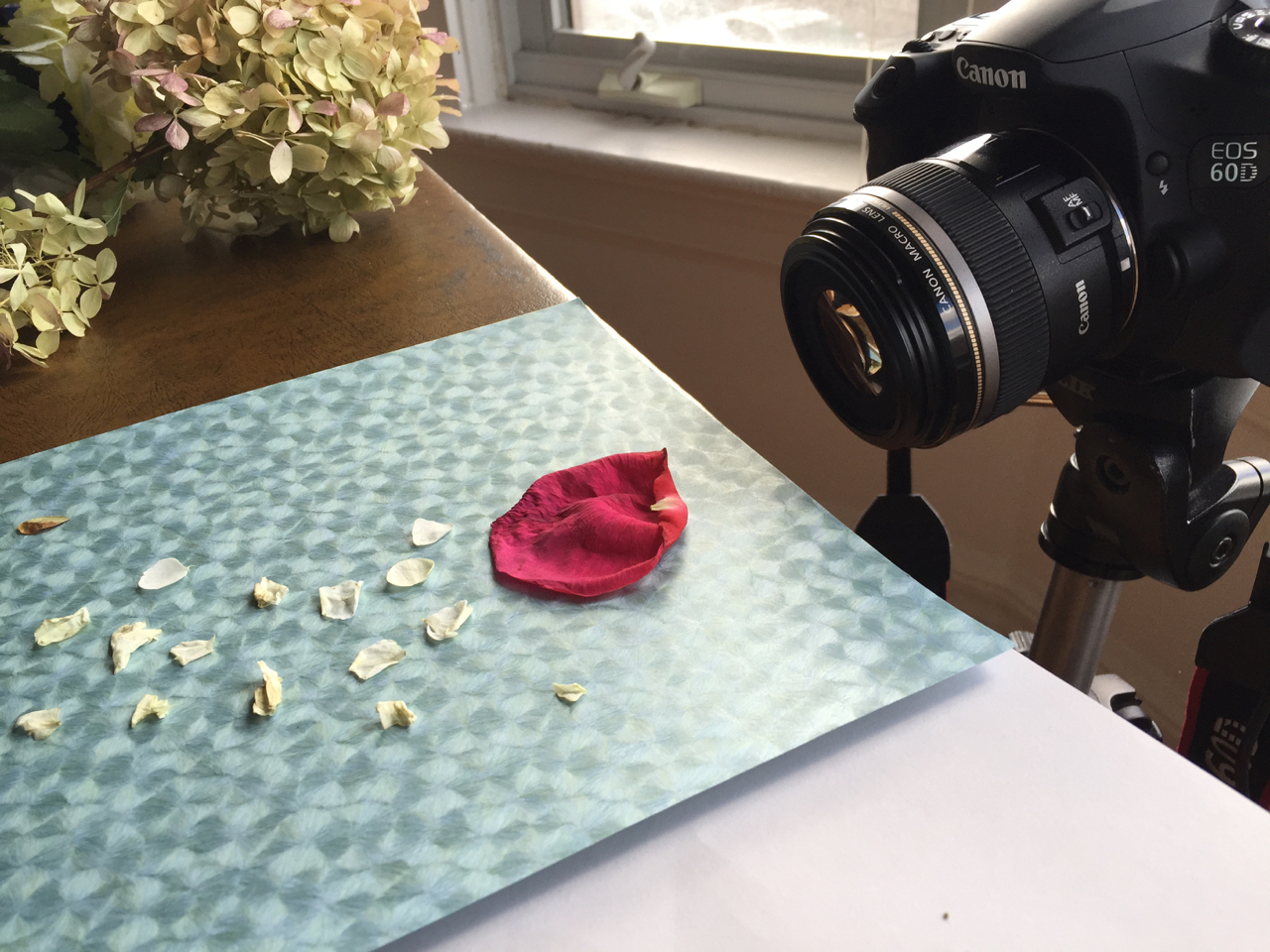After actively collecting stories and making images for Grief Landscapes for the last few months, I’m ready to move to the next phase. It’s time to go live, to start sharing what I’ve made so far, and to collect more stories to complete the project.
When I started, I wasn’t sure how many images I would ultimately make; I was just feeling my way as I went along. It’s finally starting to take shape. I’ve decided to post one Grief Landscape each week, starting the first week of January. It’s been a very intense and moving experience to make images in response to other people’s losses. It feels like a heightened and risky exchange sometime, but I’m happy that participants have reported it as a positive and cathartic one.
I'm currently recruiting more people to participate, and will continue to choose the stories I will shoot for the remainder of the project. I’m especially looking for men (many more women than men have responded so far), and for people sharing stories about bereavement experiences that tend to be rendered invisible by our culture (but of course I want to hear from everyone, as each grief experience is unique). I anticipate that I’ll receive more contributions than I can photograph, but all of the responses and testimonies I receive are extremely helpful, and I hope to use them all in some capacity during the course of the project.
So check back here soon. I'm taking a short break, and I’ll start posting Grief Landscapes on the first Thursday in January and then every week thereafter.
Please help me get the project out into the world by sharing the project on social media, and forwarding it to friends and family. And if you have any suggestions or connections to organizations that deal with bereavement that can help spread the word, that would be great too. Thanks for your help!






